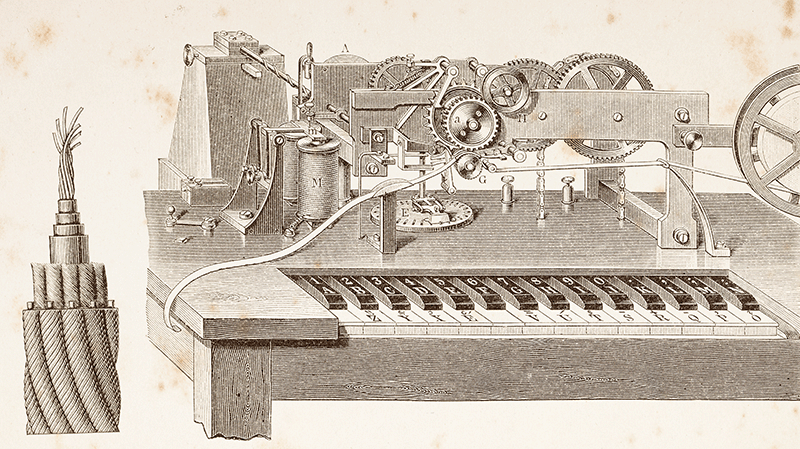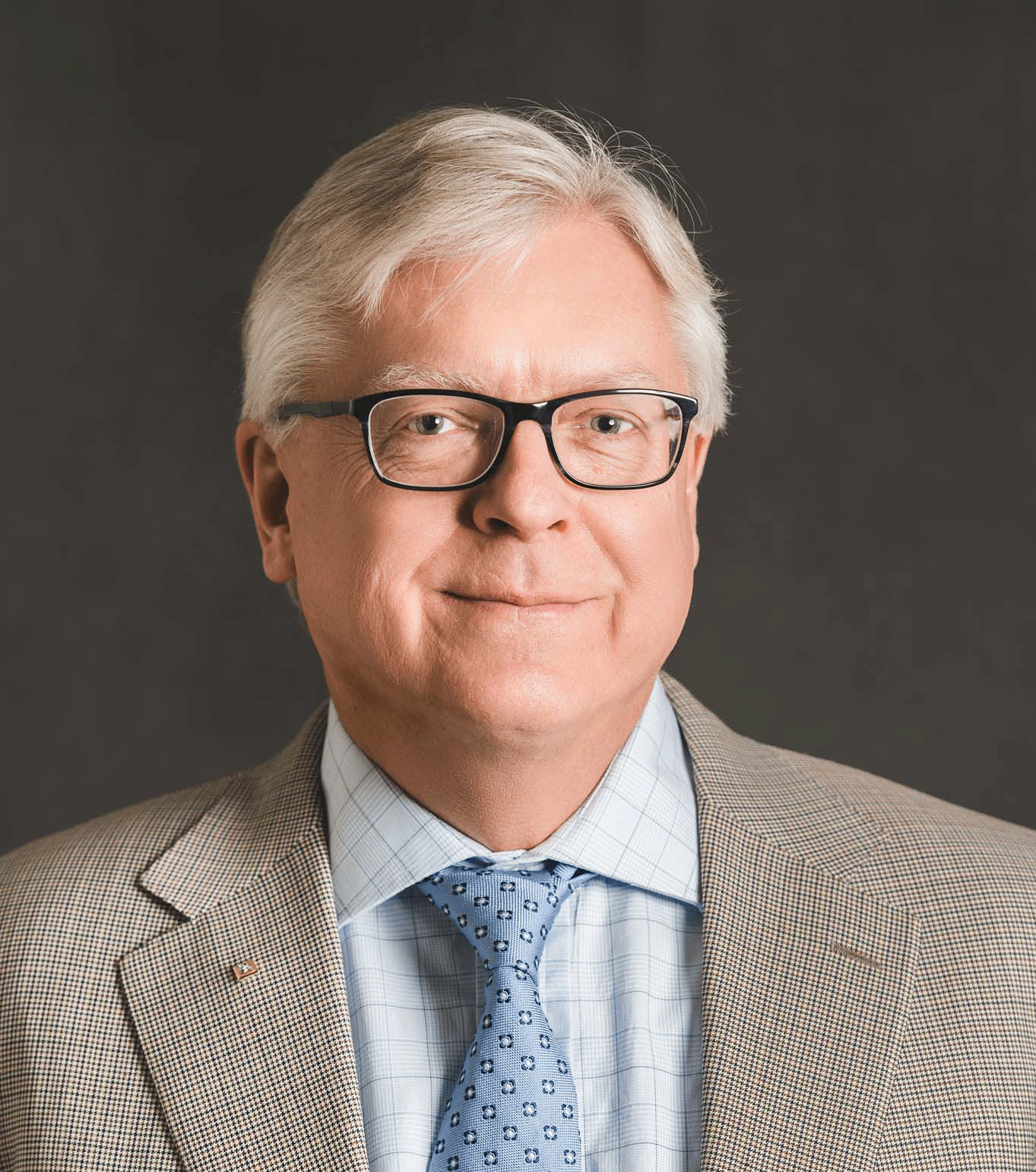Keynote Presentation
The Story of the Transatlantic Telegraph and the World’s First Internet
Presented by: Ed Godshalk, Ph.D., IEEE Fellow
Tuesday, August 6, 2024 • 8:30 – 9:30 AM
Location: 120A – Phoenix Convention Center
Electrical telegraphy can be considered to be the first example of electrical engineering. Electrical telegraphs were point-to-point text messaging systems that were first used around 1840. This presentation traces the formative years of electrical engineering and the evolution of transmission line engineering that enabled a global communications network over 180 years ago! The story begins with the invention of the “Victorian internet”, the telegraph, generally regarded as the first practical use of electronics. This is followed by transatlantic telegraph cable in 1858, which some historians equate as the 19th century equivalent of landing a man on the moon. These were a catalyst for technologies such as improved battery design, insulated wire, coaxial cable, modulation schemes, and using the earth as a conductor. The transatlantic cable taught engineers the concept of the RC time constant while educating them on threats to undersea cables such as sharks, whales, sawfish, and species of shipworm.

The presentation includes results of a replica of the original system that illustrates the data rate problem. Many great minds of the 19th century (Samuel Morse, Hans Christian Orsted, Joseph Henry, Carl Friedrich Gauss, and many others) worked to understand and solve this problem, resulting in the telegrapher’s equations that enabled high-speed communication and long-distance telephone service. The culmination is the modern transoceanic fiber optic cable, which forms the backbone of the global communications network. Presently 99% of the data traffic that is crossing oceans is carried by undersea cables. The total carrying capacity of a submarine cable is in the terabits per second range while satellites typically offer only 1 gigabit per second capability.

Ed Godshalk, PhD
Consultant and Engineer in Residence, George Fox University, Newberg, Oregon
In 2020 he was elevated to the grade of Fellow by the Institute of Electrical and Electronic Engineers (IEEE) “For the development of microwave on-wafer probing and measurement techniques” which helped to enable microwave integrated circuits for commercial use.
Ed finds great pleasure in mentoring students and helping them achieve success in engineering and life. Helping students understand the origin of technical ideas is important to him, since this helps them to have a deeper understanding of engineering.
He also restores vintage sports cars and enjoys backcountry skiing and being in the mountains. In his younger days he organized an expedition that successfully climbed Denali, the tallest peak in North America (20,310′). He also climbed Kilimanjaro (19,341′) in Africa, and numerous other peaks in North America.











